For many years now, Eurocons Group is successfully representing the Swedish company for production of air filters – CAMFIL.
Camfil group is the world leader in the development and production of air filters. Camfil is operating on all continents with more than 26 factories and development centers. The company headquarters are in Stockholm with approximately 3700 employees.
In our offer you can find a range of products intended for air filtration:
- Filters for air of all classes (from G2 to U17);
- Filters for molecular filtration;
- Casings, boxes and frames for filters;
- Air purifiers, dust collectors and filters for gas turbines.
A more detailed list of products can be found on:
http://www.camfil.com/Products/
EuroCons Group can at first hand showcase you the difference between CAMFIL air filters and the filters that you are using. We can demonstrate the difference in quality through tests performed on our Air handling unit (AHU) or through software LCC (Life –Cycle Cost).
New in our offer:
The only bag and compact filter on the market with Eurovent class A+
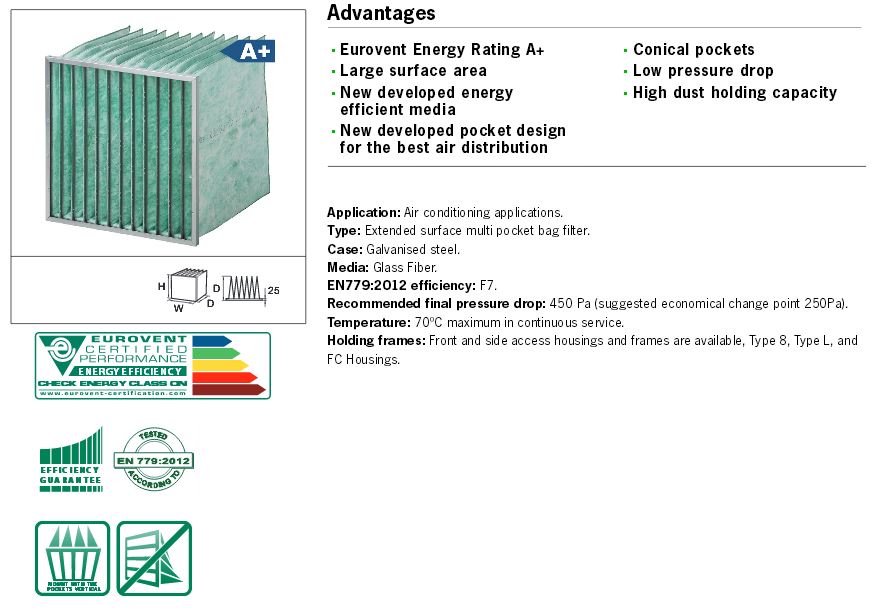 More information can be found on:http://www.camfil.com/Products/Bag-filter-products/Bag-filters-glass-fibre-media/Hi-Flo-M7-50-en/
More information can be found on:http://www.camfil.com/Products/Bag-filter-products/Bag-filters-glass-fibre-media/Hi-Flo-M7-50-en/
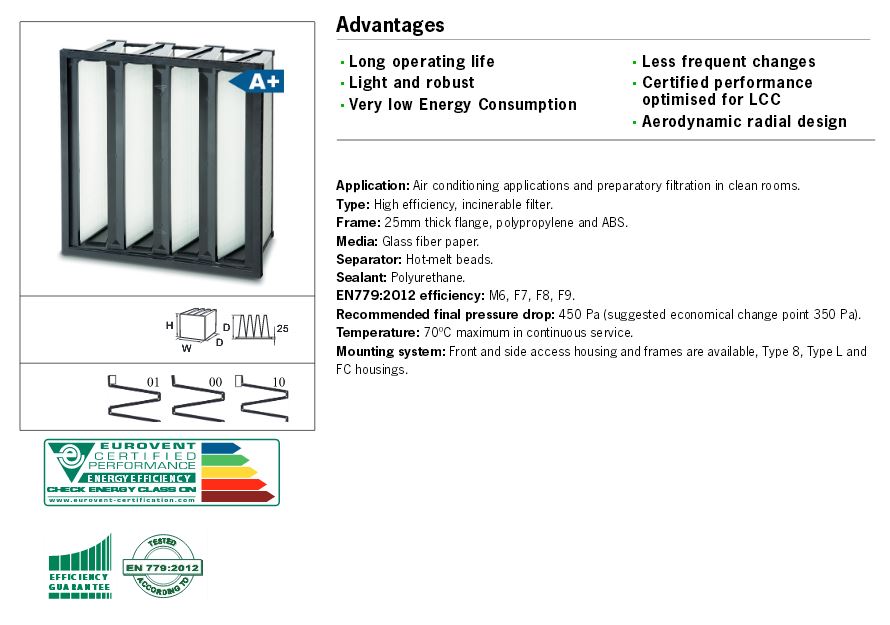
More information can be found on:
http://www.camfil.com/Products/Compact-filters/opakfil-green/Opakfil-ES-en/
CAMCLEANER CITY M and CITY S – City air purifiers
AIR FILTERS AND ENERGY
Keeping a building/plant energy efficient⚡is a massive problem for manufacturers around the world and It’s not breaking news that we are in the grip of rising energy costs.📈💰
Are they fighting a losing battle? 🤔
Heating Ventilation and Air Conditioning (HVAC) is generally responsible for a significant proportion of total building/plant energy consumption and HVAC filters play a key role in those systems.
HVAC filters remove contaminants from air that passes through the system to building occupants, and they protect the HVAC equipment from dust. Filters also play a significant role in the energy consumed to operate the system. The energy used by HVAC systems is based on the resistance of the air passing through the filter; the lower the filter’s resistance, the lower the energy consumption will be.
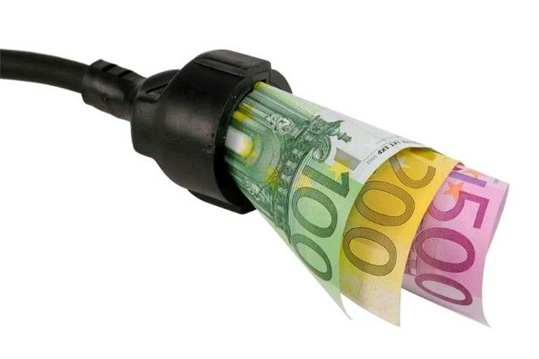
![]()
To look at HVAC filters as energy conservation tools, it’s first important to understand that the COST OF ENERGY USED BY FILTERS FAR OUTWEIGHTS THE COST OF THE FILTER ITSELF. Here we come to the concept of ▫️Life Cycle Costs▫️.
Life cycle costs, energy costs, and a filter’s resistance to airflow should all come into play during the filter selection process. The three major components of life cycle cost for HVAC filters are: initial investment💵 and maintenance🛠, energy consumption⚡, and disposal♻️
On average, energy cost accounts for an astounding 70 percent of the total life cycle cost of a filter system.The initial investment and maintenance accounts for 28 percent, and disposal accounts for 2 percent.
How can life cycle costs of filters be applied to energy efficiency❓
Development of new materials has given the filter industry a chance to produce filter media with a lower resistance to airflow while maintaining high particle capture efficiencies, thereby providing the ability to improve IAQ and reduce electricity costs simultaneously.
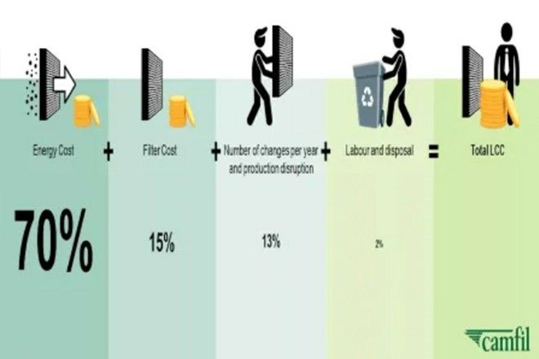
![]()
Most facility managers would agree that filtration efficiency comes first. Beyond the efficiency rating📈, buyers and specifiers often use filter price💵 as the next decision-making criteria. However, after examining LIFE CYCLE COST and energy saving opportunities, it is evident that the KEY CRITERION should be ENERGY CONSUMPTION⚡, as indicated by the initial airflow resistance of the filter. When considering the energy costs of various filter technologies, ask your filter supplier the following questions:
▫️At a given performance level, how much money could be saved by using a filter with a lower airflow resistance❓
▫️What airflow resistance reduction offsets the difference in initial filter price❓
▫️How much of my initial filter costs does that energy cost savings offset❓
Focusing on TOTAL LIFE CYCLE COST versus initial price and maximizing filtration efficiency while minimizing airflow resistance will allow you to reap the largest value and will help you achieve good IAQ, reduced equipment maintenance, and the lowest possible energy costs.
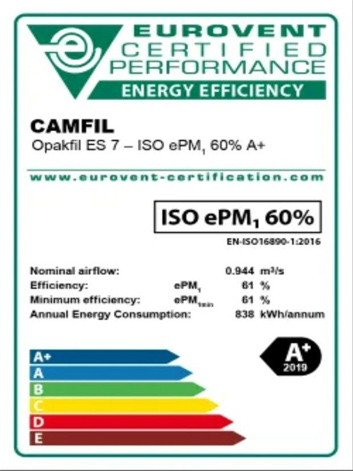
![]()
The image showcases a sample Eurovent label for Camfil Opakfil ES filter.
This label should contain the following information:
1. The filter manufacturer's name
2. The product name
3. The filtration efficiency according to ISO 16890
4. Annual energy consumption
5. Energy rating